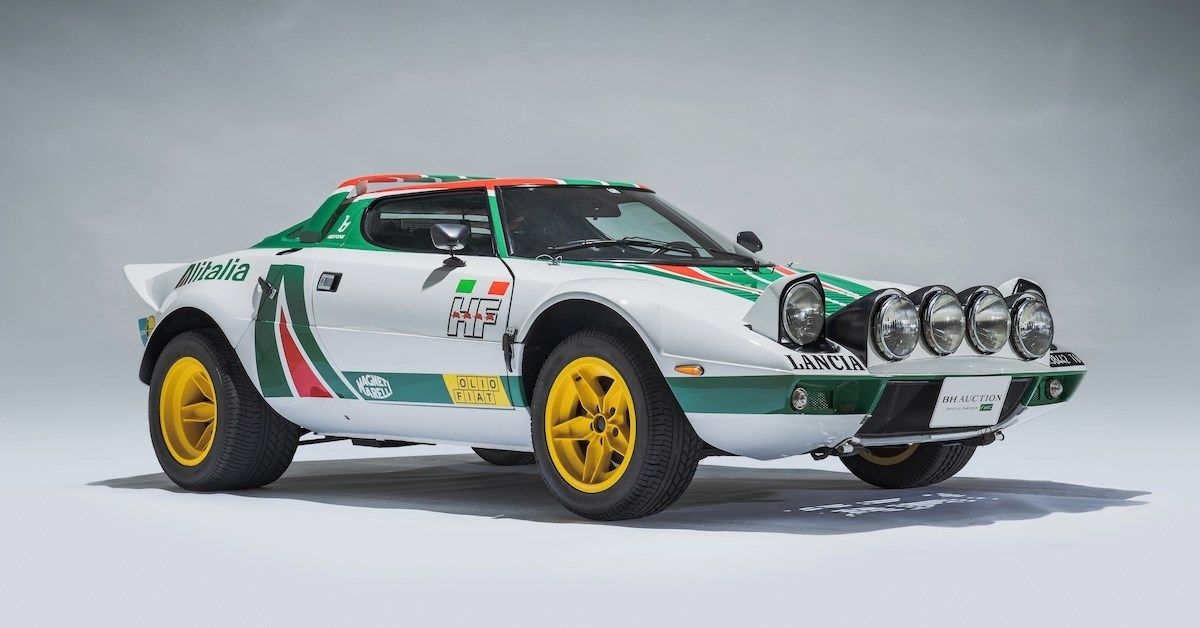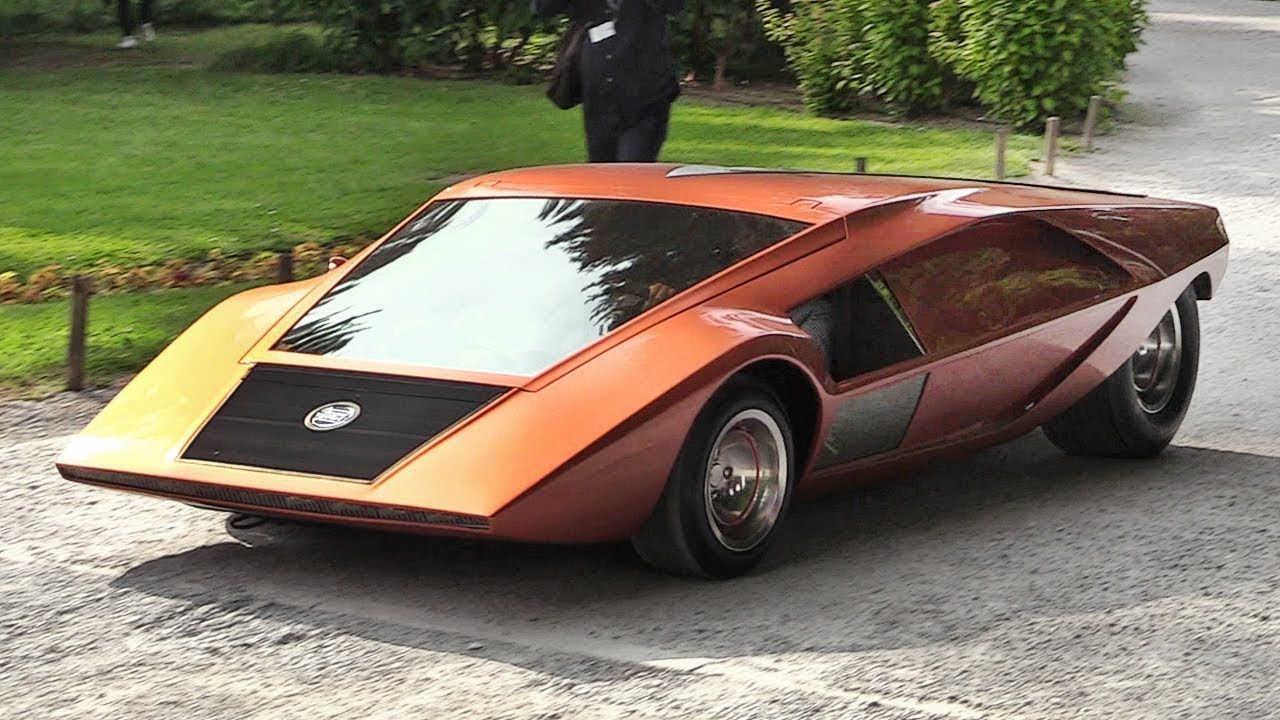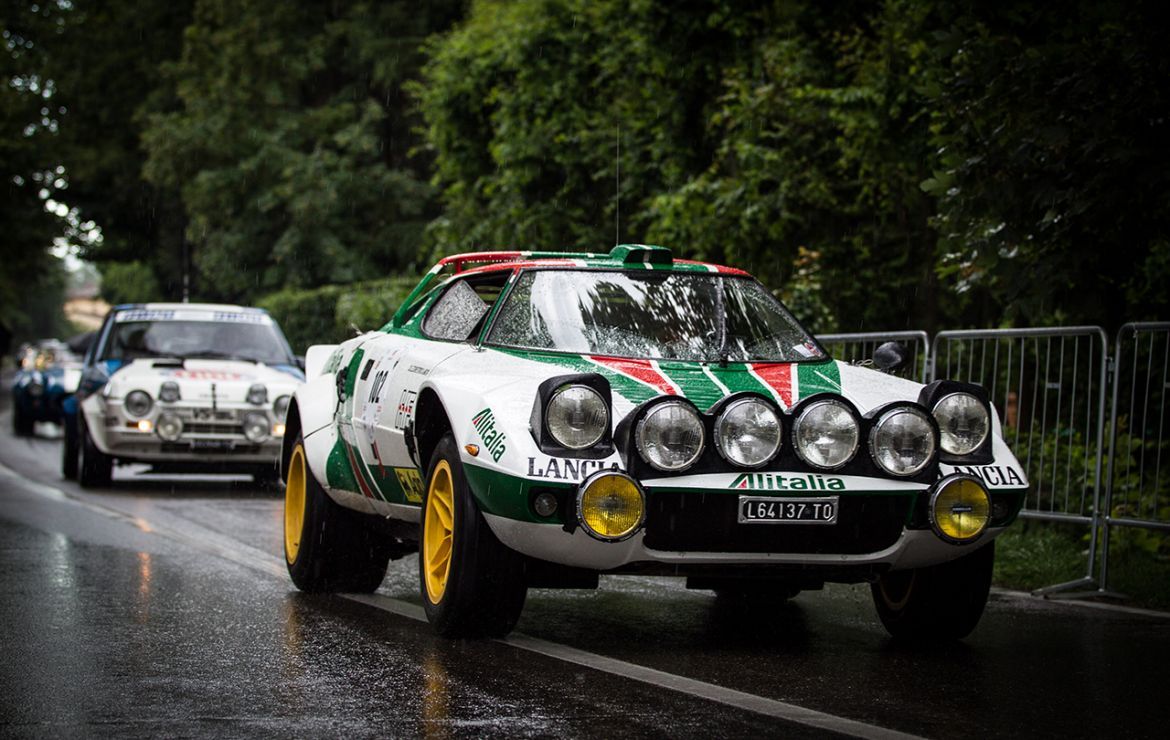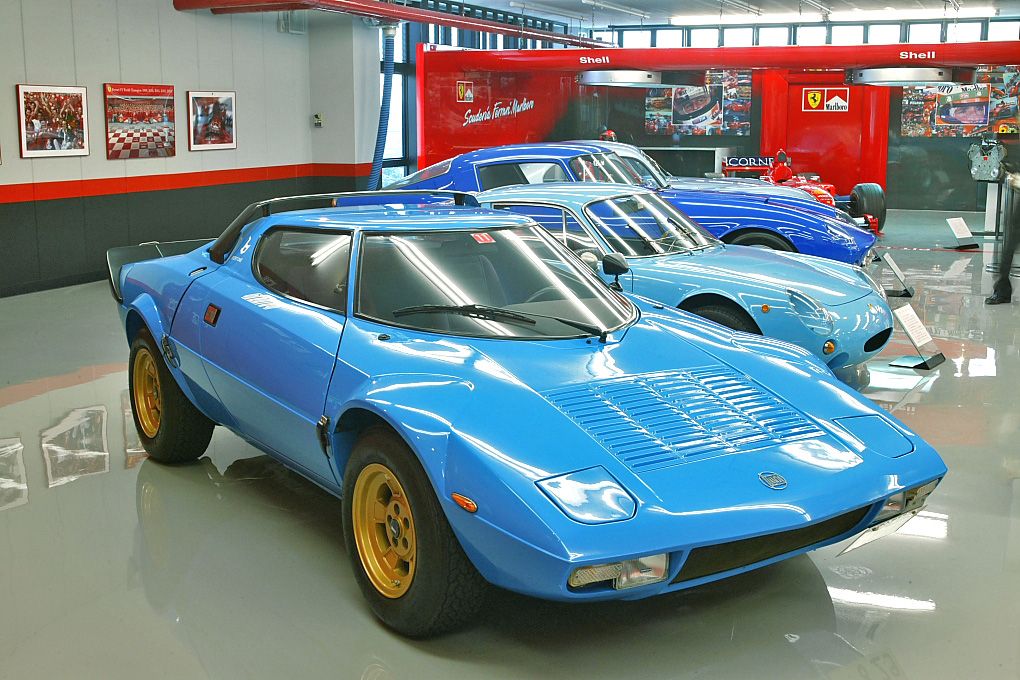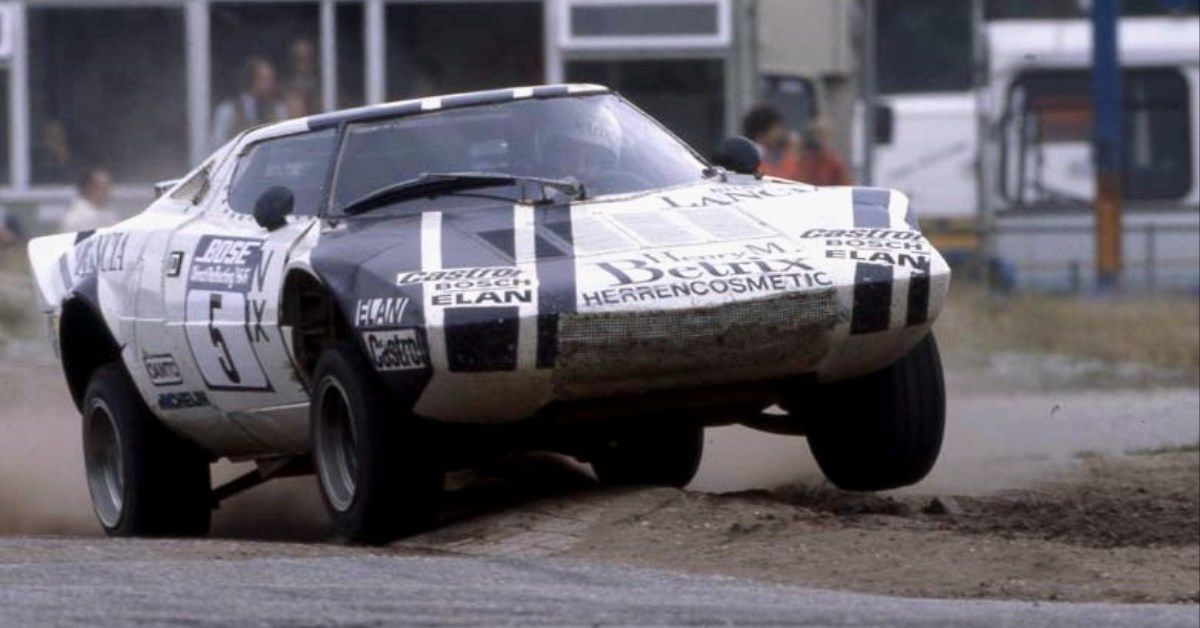There are many that believe the golden era of the World Rally Championship was in the 1970s and 1980s, though things are pretty hot and competitive in the series right now. The 1980s of course saw the epic years of Group B rallying, with the likes of the Audi Quattro going head-to-head with the Lancia 037, a car that somehow beat the might of the four-wheel drive Quattro. These are two of the greatest rallying cars of all time. But, there is an argument that Lancia might have built the greatest rallying car in the early 1970s.
We are of course talking about the legendary Stratos. This is a car that, like the 037 and Quattro, has gone down as the stuff of legend. The car is hugely collectible these days, and has even spawned replicas, kit versions and modern reproductions, but none have quite captured the magic and essence of the original car, no matter how much they tried to do so. Indeed, when a Stratos comes up for auction, it goes for big money. It is probably fair to say that the Lancia Stratos truly is one of the world's coolest cars.
History And Origins
The Stratos has become a timeless classic, worthy of a place even in Jay Leno's garage. The design of the Stratos is interesting in itself. If you think it looks like a concept car, that’s because it sort of is. It first appeared as a concept car in 1970, designed by the head designer of Bertone, Marcello Gandini. This itself was a marked change for Lancia, who had pretty much exclusively had their cars designed by Pininfarina. It is clear to see when looking at the concept where it gets its elegant lines from, although it is a lot more slab shaped than what we ended up with.
The design that emerged as the final Stratos is clearly more refined, but concepts often take a more extreme angle anyway. The Stratos became the replacement for the Fulvia HF, HF standing for High Fidelity, a moniker carried over to the Stratos. The wedge shape, limited rear visibility and the tiny cockpit were not at all practical for everyday use. But this car was built really for one purpose, and one purpose only…rallying.
A Legend On The Rally Stage
In order to meet the homologation requirements of the day, 500 Stratos cars needed to be built for the road within a 12-month period. Although, later on, the requirements for what would be the cars' classification, Group 4, were reduced to 400. But no one really knows how many examples of the Stratos were actually built. Some records suggest that 498 cars were actually completed, but it could be 492 or lower. Whatever the number, the Stratos made its competitive debut as a prototype, not rally car, at the 1972 Tour de Corse, although it sadly retired from that event with suspension failure.
When it began its rally career in earnest, the Stratos became the first car designed from scratch for that type of competition, and it was finally homologized for rallying ahead of the 1974 WRC season. Power was provided by a Ferrari Dino V6 that was mid-mounted, and that engine produced up to 320 hp at points in its life, with the road version starting with 190 hp. That might not sound like a lot, but given the car weighed less than 1000 kilograms, that was plenty to shove the car along at a vast rate of knots. What is even more remarkable are the two examples created for endurance racing by Lancia, that whilst they didn’t achieve any real success, they produced a ridiculous 500 hp. That must have been absolutely terrifying.
Glory Comes To The Stratos
It did not take long for the Stratos to stretch its legs in the WRC and start to claim title glory. Its first season was the 1974 season, and it was a season that it duly won, and then it continued to win by taking the 1975 and 1976 championship titles as well. This was an astonishing achievement, and it helped to cement the legend of the Stratos quite early on in its illustrious career. However, all was not well despite the immediate success of Lancia’s Ferrari powered monster.
Internal politics raged within the Fiat group, which seems bizarre given one of its brands was sweeping away the competition. But the politics of the time were enough to possibly stifle the success of the Stratos, and mean it did not win as many titles as it perhaps should have done so. Fiat withdrew its support. But that didn’t seem to bother the Stratos. As a private entry it would still go on to win more and more rallying events, and the final victory for a Stratos came with the 1981 Tour de Corse. Privateer Stratos entrant Bernard Darniche had the honor of taking the very last victory for a rally Stratos. Perhaps its run ended too soon. But the Stratos named was cemented in the history of world rallying.
Beyond The Final Victory
Despite this final victory, the Stratos legend still shone brightly thereafter. A unique 3.0-liter Stratos was created and raced by Andy Bentza, a unique Group 5 car that claimed the first ever European Rallycross title, at that point with a 2.4-liter engine. This would be the only Stratos to ever become a 3.0-liter and quite remarkably, that car still exists today, fully restored by race driver Alexander Wurz. The road car itself became the stuff of legend, and provided the template for future cars such as the 037, a car which probably made Audi drop their jaws in disbelief. Remember, despite the craziness of Group B rally, the fearsome Stratos came before that era of rallying. We may never see a car like the Stratos again, but that only adds to the legend, of one of the greatest cars ever created.
Sources: Wikipedia, Stellantis, BH Auction, YouTube

